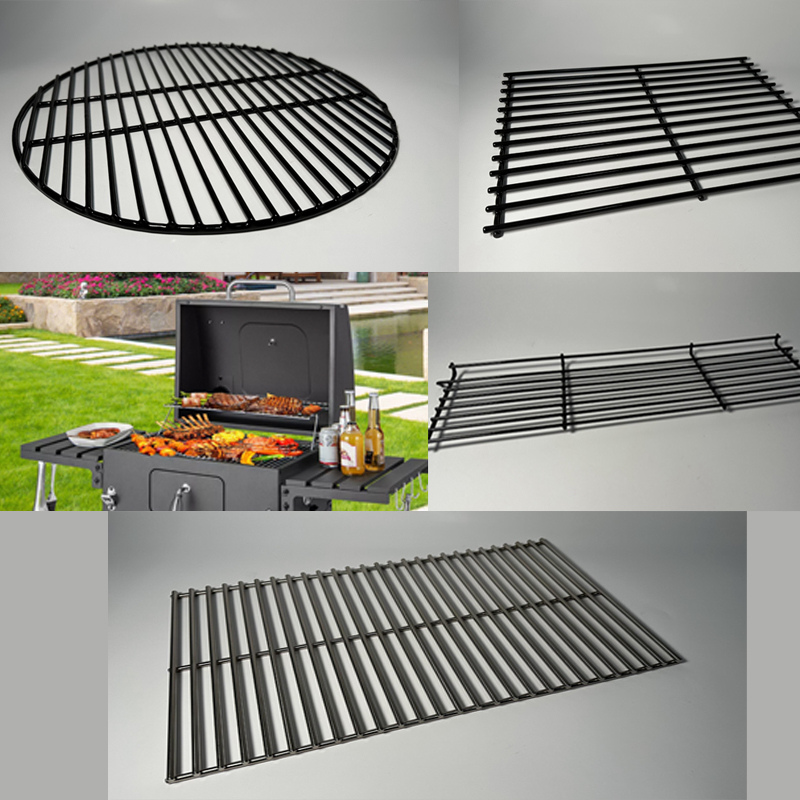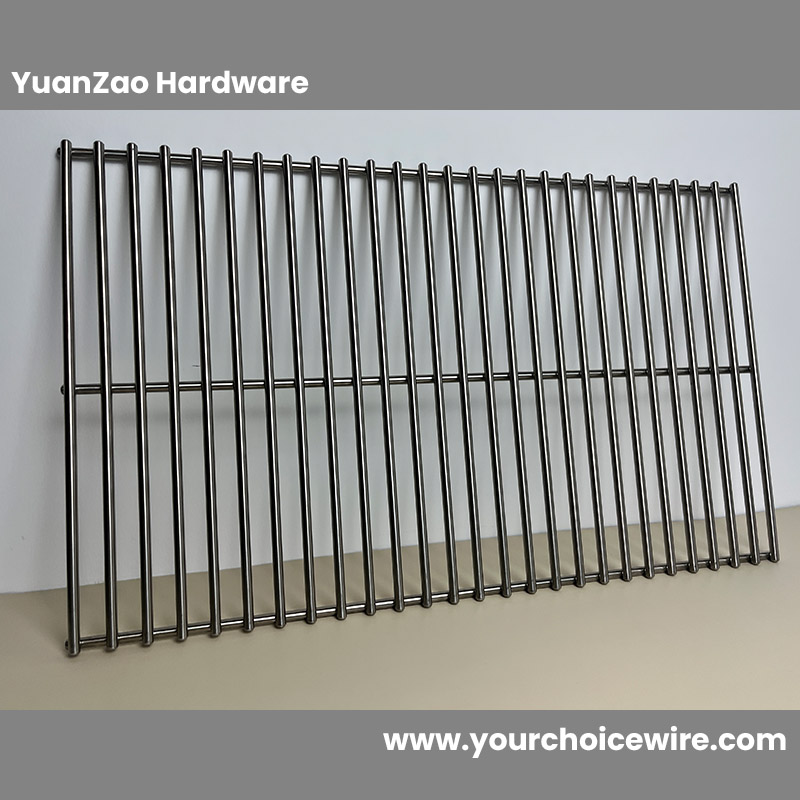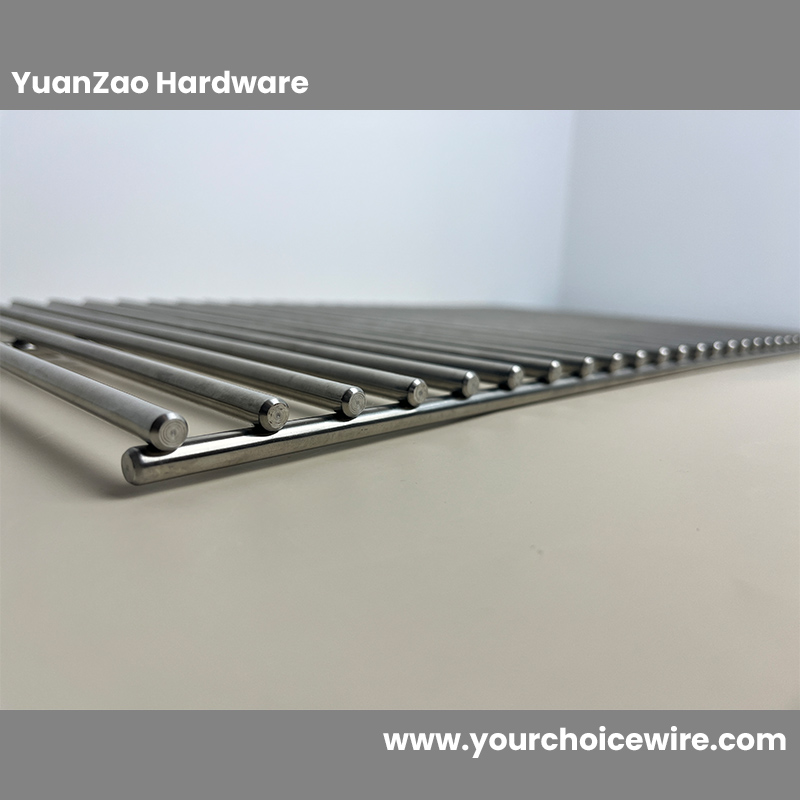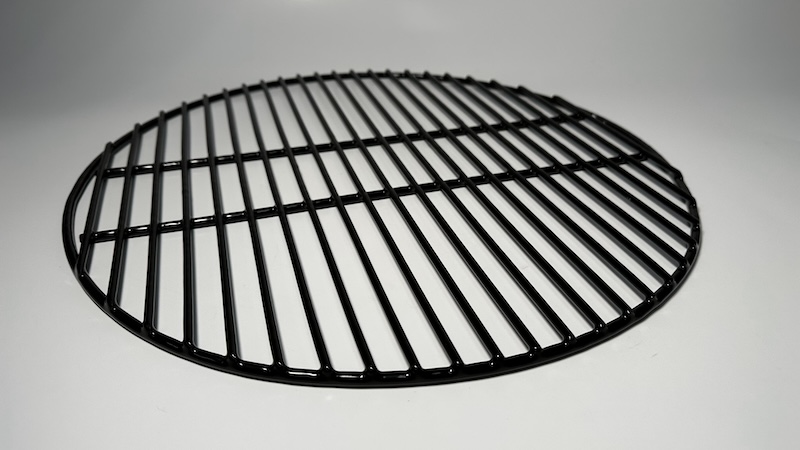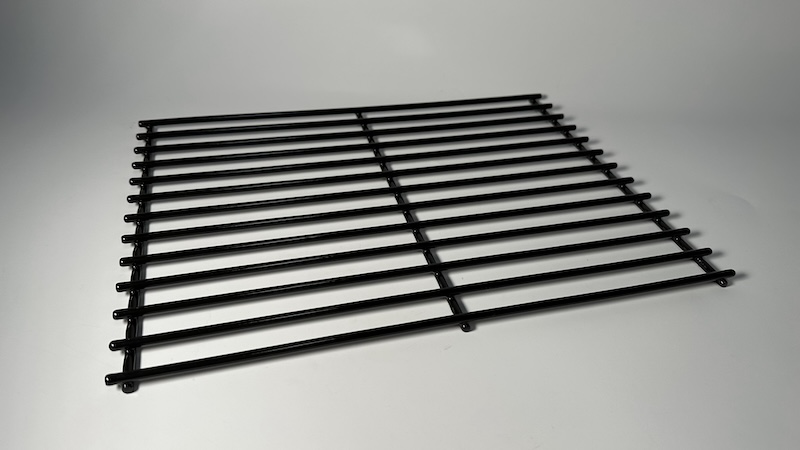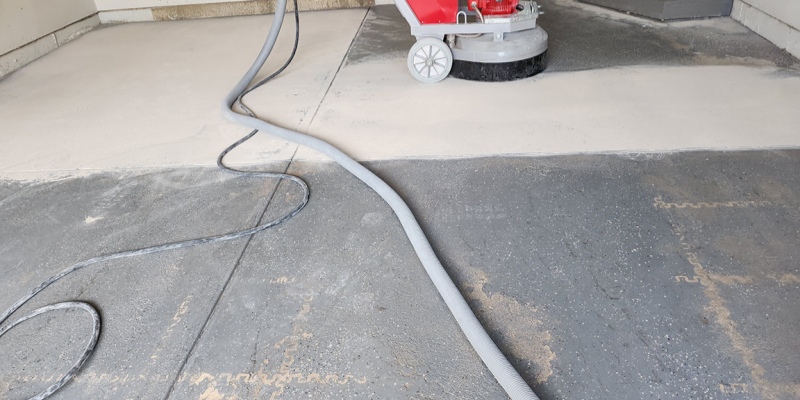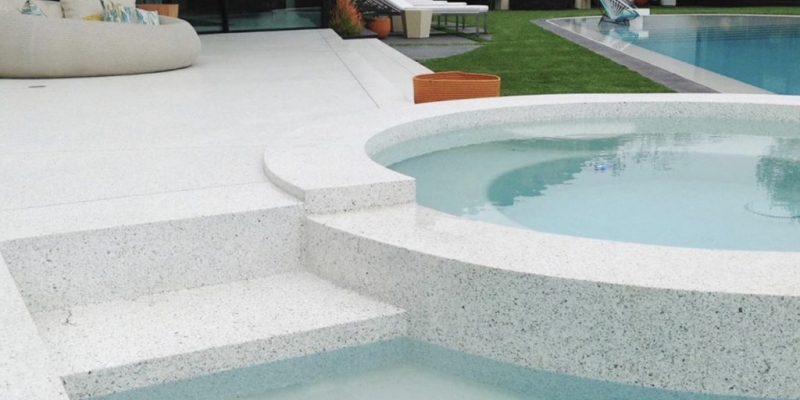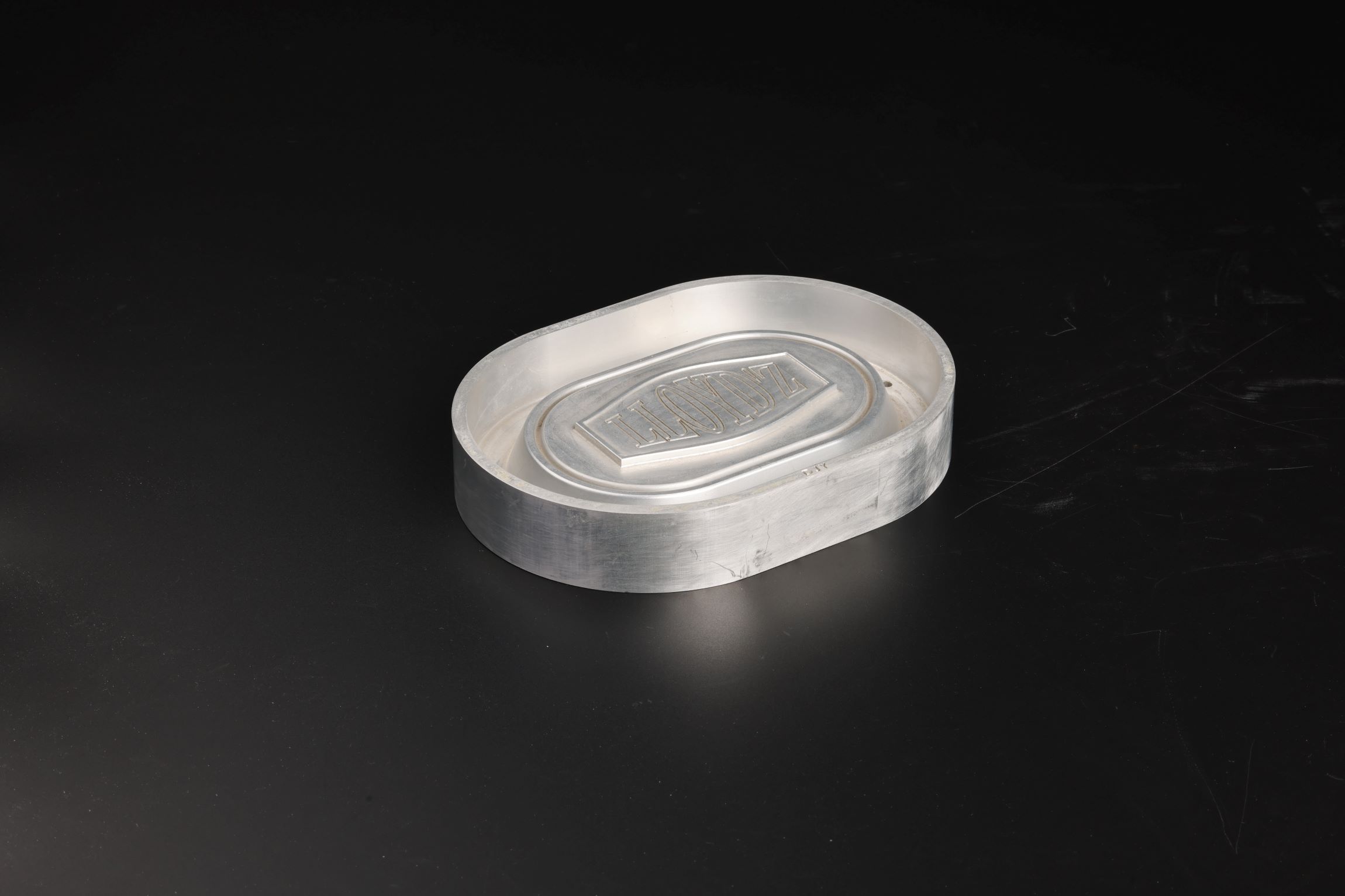Two Major Million-Ton Projects Advance and Produce, Providing Over 2,000 Jobs!
🏭 Two Major Million-Ton Projects Advance and Produce, Providing Over 2,000 Jobs! 🏭
Since the beginning of this year, the Yunnan Xinping Industrial Park (hereinafter referred to as "the Park") has firmly established a clear direction of "focusing on industry, mainly on industry, and firmly on manufacturing". It insists on planning the development of the park and the economic development of Xinping County as a whole, promoting work as a whole, and allocating elements as a whole. Relying on "main chain" enterprises such as Yunnan Yuxi Xianfu Steel (Group) Co., Ltd. (hereinafter referred to as "Xianfu Steel"), the park has vigorously promoted the construction of upstream and downstream extension projects of the steel industry, promoting the extension, supplementation, and strengthening of the steel industry chain, and making every effort to promote economic development.
🔨 Annual Production of 1 Million Tons 🔨
Coking Project is Advancing in an orderly Manner
At the construction site of the Xianfu Steel's Annual Production of 1 Million Tons Coking Project in the Yangwu area of the Green Steel City area of the park, the scene is bustling with activity. The rammer releases the tamper, smashing the foundation and spreading shock waves; the excavator swings its long arm, excavating earth and loading it onto vehicles; the dump trucks shuttle back and forth, transporting earth to fill high and low...
"The project has completed slope support and is currently leveling the land. In terms of procedures, energy assessment and other work has been completed, and environmental assessment and other procedures are being handled. It is expected to officially start work within a month after the completion of the procedures," said Li Feng, Assistant to the General Manager and Manager of the Technical Transformation Department of Xianfu Steel. The project is an upstream supporting project of Xianfu Steel, with an estimated investment of 2.199 billion yuan, covering a total area of 1,200 acres. After completion, it is expected to provide 630 job positions, achieving an annual operating income of 3 billion yuan and a profit and tax of 100 million yuan.
"After the completion of the project, it will achieve an annual production of 1 million tons of dry coke, meeting nearly 70% of Xianfu Steel's annual production fuel demand, greatly reducing the cost of fuel purchase and achieving cost reduction and efficiency improvement," said Li Feng. "In addition, it can also ensure the supply of high-quality and stable fuel for blast furnaces, prevent fuel from being too mixed and causing 'cold' in blast furnaces, and further improve the comprehensive risk resistance of the enterprise."
Apart from dry coke, the project is expected to produce 463 million cubic meters of coke oven gas, 54,484 tons of coke tar, 12,667 tons of crude benzene, and 12,259 tons of ammonium sulfate annually after completion. "Some of these by-products can be used for combustion power generation, and some can be used for processing urea, etc., which can further improve the enterprise's self-generated electricity ratio and achieve comprehensive energy utilization," said Li Feng.
💹 Annual Production of 2.6 Million Tons 💹
Trial Production of the First Phase of Welded Steel Pipe Project
A 20-minute drive from the construction site of the annual production of 1 million tons of coking project, you will arrive at the construction site of Yunnan Zhengda Steel Pipe Co., Ltd. (hereinafter referred to as "Zhengda Company")'s annual production of 2.6 million tons of welded steel pipe project, also located in the Yangwu area. You can see the factory buildings, office buildings, staff dormitories, canteens, and other buildings rising from the ground, with towering cranes standing tall. Li Yanzong, General Manager of Zhengda Company, introduced that the first phase of the project, including 5 high-frequency welded pipes, 3 hot-dip galvanized round pipes, 2 hot-dip galvanized square pipes, and 5 square pipe production lines, has been completed and put into trial production. It currently employs more than 500 people, and the annual production capacity is expected to reach 1.73 million tons after reaching production.
It is understood that the project is divided into two phases, with a total investment of 1.2 billion yuan. After the completion and production of the two phases, it is expected to produce 2.6 million tons of various types of welded steel pipes annually, achieve an annual output value of about 15 billion yuan, contribute about 300 million yuan in taxes, and provide about 1,500 job positions.
"The nearby steel enterprises are concentrated, and there are abundant steel resources, which can fully meet the raw material needs of the project's production," said Li Yanzong when talking about the original intention of building the factory here. It is understood that the project was signed on October 1, 2023, and it took only 37 days from the investigation and negotiation to the formal signing, setting a new speed for investment attraction in Xinping.
Americ Energy (CHINA) Co., Ltd. stands as a prominent manufacturer and distributor of a comprehensive range of stainless steel products, designed to cater to the diverse needs of various industries. Their offerings encompass stainless steel tubes, plates, strips, and square tubes, all manufactured to uphold the highest quality benchmarks.
Contact Information:
- Website: https://www.metal-ae.com/www.metal-ae.com
- Email: ae@americenergy.com
- Phone: 13521210668
- whatsapp: 13521210668
- Address: No.298 Fengwei Road, Xishan Development Zone, Wuxi City, Jiangsu Province, China
